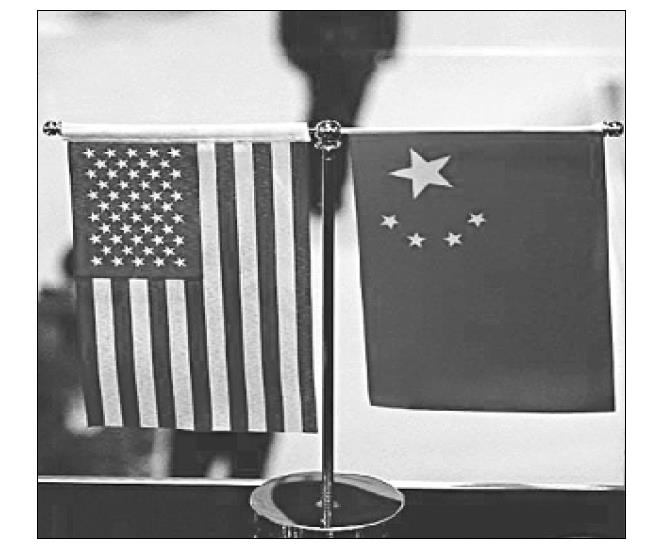REEs at the heart of global politics
2025-07-17
THERE has been a lot of talk on the international stage revolving around rare earth elements (REEs), with leading global powers contemplating ways to secure their supplies. There are as many as 17 REEs, and they are: lanthanum (La), cerium (Ce), praseodymium (Pr), neodymium (Nd), promethium (Pm), samarium (Sm), europium (Eu), gadolinium (Gd), terbium (Tb), dysprosium (Dy), holmium (Ho), erbium (Er), thulium (Tm), ytterbium (Yb), lutetium (Lu), scandium (Sc) and yttrium (Y). Most of the time, they are grey, silver, or silvery-white metals.
They donotstarttotarnishuntilthey hit the air. More critically, they have high electrical conductivity that makes them highly suitable for use in modern complex industrial undertakings.
The use of REEs in magnets is one of their most significant applications. The magnet basically changes electricity into motion. More motion is possible with stronger magnets. Therefore, a small, powerful magnet can cause an iPhone to vibrate independently from the table. The same idea also applies in reverse. Magnets make it possible to change motion into electricity. Like when the shaft of a wind turbine spins inside a magnetic field, it becomes an electrical generator.
Although the extraction of REEs is timeconsuming and tough on the environment, they are not uncommon on Earth. Due to its reliance on large-scale mining, which disrupts ecosystems, pollutes water and air, and generates significant quantities of toxic waste, extraction of REEs has devastating effects on the environment.
Additionally, these processes use a lot of energy and water, putting even more pressure on the environment.
The global politics that is surrounding the supply chain related to REEs was triggeredby anincidentback in 2010 when China implemented an embargo on export of REEs to Japan as a response to a territorial dispute, specifically a collision between a Chinese fishing boat and two Japanese coast guard vessels near the Senkaku Islands in the East ChinaSea. This embargo significantly impacted Japanese industries, particularly those reliant on REEs for production. As a result of the incident, Japan was forced to reevaluate its dependence on China for essential minerals, and to devise strategies for diversifying its supply chains. Today, China and the United States are using REEs as a critical weapon in the infamous tariff war triggered by US President Donald Trump.
Regardless of how the conflict between America and China moves from where it is today, the most likely scenario in the context of REEs suggests that more and more nations will now focus on extensive mining to have their own stockpiles of REEs. Is there something wrong with that? A lot, actually.
The environment will suffer big time in the face of massive habitat destruction that would be a direct consequence of excessive mining in search of REEs.
Technology`s challenge to safe human existence is becoming ominous by the day.
Farrukh Shahab Lahore




